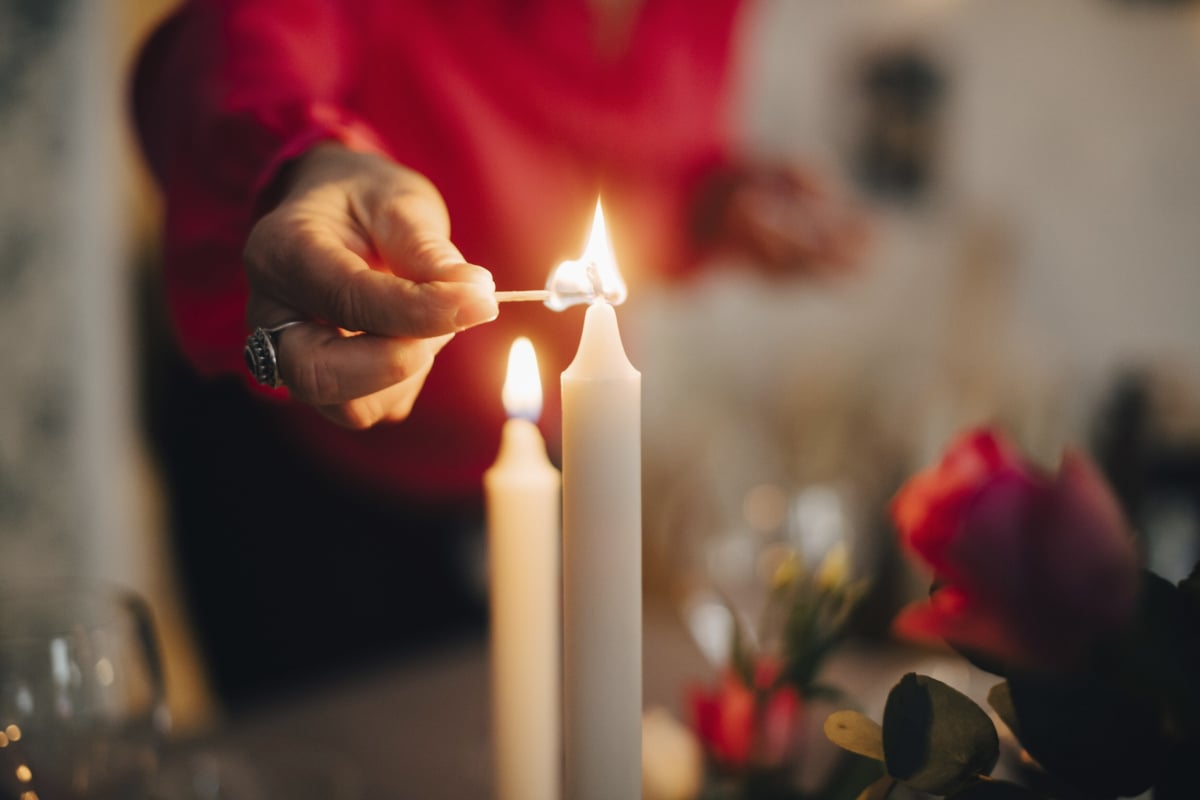If you’ve just moved to Norway, you might want to pick up a few tips on blending in with the locals on Norway’s public transport system.
READ MORE: Five useful things to know before you move to Norway
While each region has its quirks, we’ve compiled our top five public transport blend-in tips to make it hard for even the most perceptive Norwegian to tell you’re an outsider, no matter where you are in the country.
Knitting: The true Norwegian commuter’s pastime
First things first, if you want to look like a true Norwegian, take up knitting. Yes, you read that right.
Norwegians love their knitting, and it’s not uncommon to see people whipping up a half-finished sock or sweater and start knitting away while commuting.
If you’re looking for a very Norwegian pastime, look no further. Invest in some quality yarn and needles, and practice your knitting face – focused yet relaxed.
If anyone asks, you’re working on a pattern your grandmother designed.
Extra points if you can do it while surrounded on a crowded tram without dropping a stitch.
Keeping your distance
Norwegians value their personal space, and nowhere is this more evident than on public transport (or bus, train, and tram stops).
Whether on a bus, tram, or train, keeping a respectable distance from others will showcase that you’ve mastered the cultural norms regulating personal space.
If the carriage is nearly empty, resist the urge to sit next to the only other passenger. Opt for a seat that is at least one row away.
If you find yourself standing, maintain a comfortable buffer zone. Imagine an invisible bubble in the colours of the Norwegian flag around you – now respect the bubble.
The art of quiet conversation
Silence is golden in Norway, especially on public transport. If you must speak, do so in silent tones.
Loud conversations, laughter, or phone calls will out you as a foreigner – unless you’re on an evening ride on Friday and Saturday when the country’s youth head out to enjoy Norway’s nightlife in a loud and rowdy manner.
READ MORE: Where in Norway do they dislike tourists?
Outside these outings, Norwegians communicate quietly and efficiently, so channel your inner librarian.
If you need to take a phone call, make it brief and subdued. Better yet, use text messages; they’re quieter and less likely to disturb your co-passengers.
Bring all your (outdoor) gear
Norwegians are big outdoor enthusiasts (if the sun is out, so are they), and they bring their gear everywhere.
Whether it’s skis in the winter or fishing gear in the summer, lugging around sports equipment on public transport is perfectly normal (though it might strike you as somewhat odd the first time you see a Norwegian with a pair of skis on his shoulder, in the middle of the city, waiting to board a bus or tram).
Don’t be shy about boarding a tram with a backpack that looks like you’re ready to summit Everest.
If you’re travelling during ski season, carry your skis like you were born doing it. The key is to look casual and slightly adventurous.
Anecdotally, Norwegians carrying skis on public transport seem at least two levels happier than anyone else (they often flash that kid-in-a-candy store smile – you’ll know it when you see it).
The stoic bus stare
Lastly, you must master the stoic stare.
Norwegians on public transport often appear deep in thought or completely zoned out, staring into the distance.
This isn’t boredom; it’s another Norwegian cultural norm.
READ MORE: Seven ways you will accidentally annoy your Norwegian neighbours
Whether you’re in a rush, worried, contemplating the meaning of life, or just daydreaming, it’s essential to maintain a composed expression.
Avoid making prolonged and direct eye contact with strangers – this is not the time to practice your friendly smiles.
Respect the personal space of others, and you’ll do just fine.




 Please whitelist us to continue reading.
Please whitelist us to continue reading.
Member comments